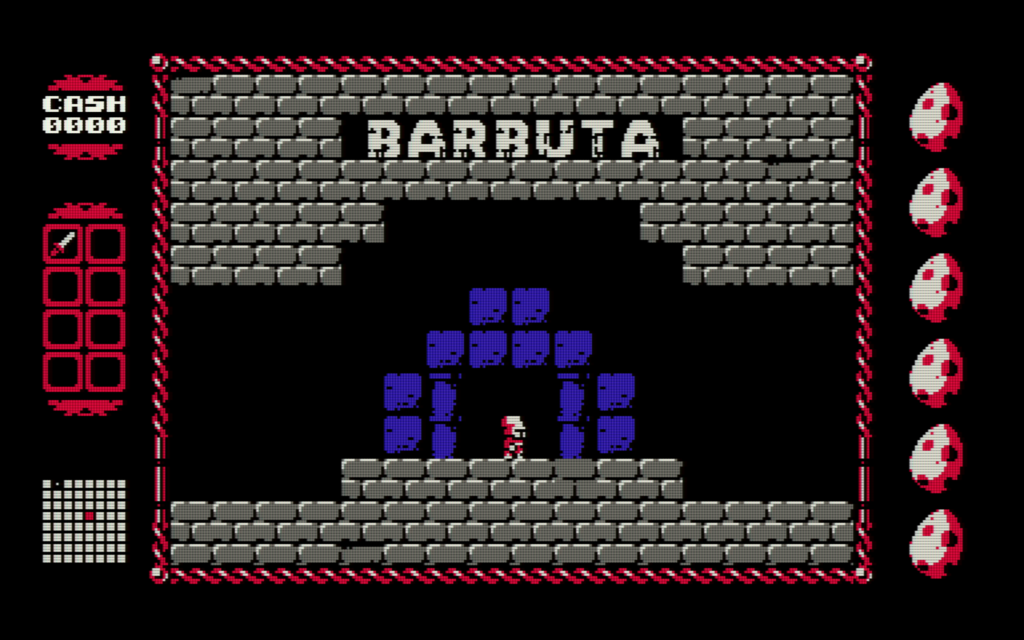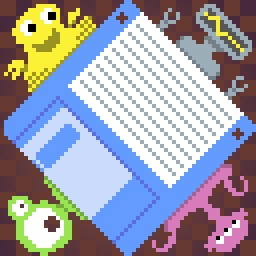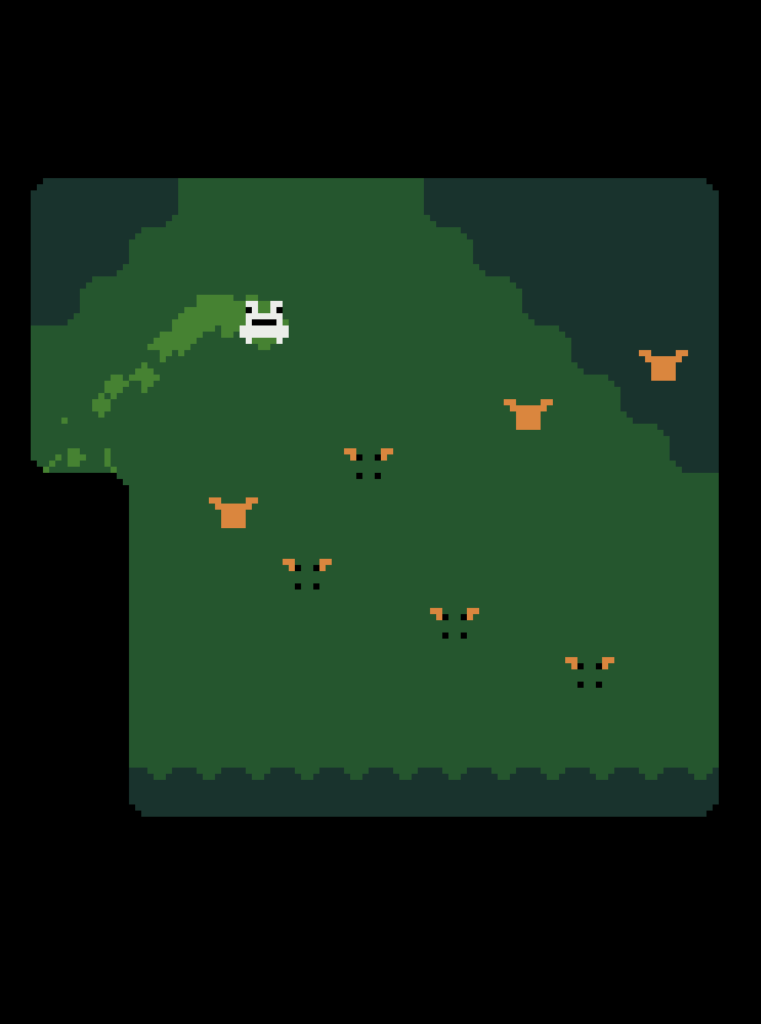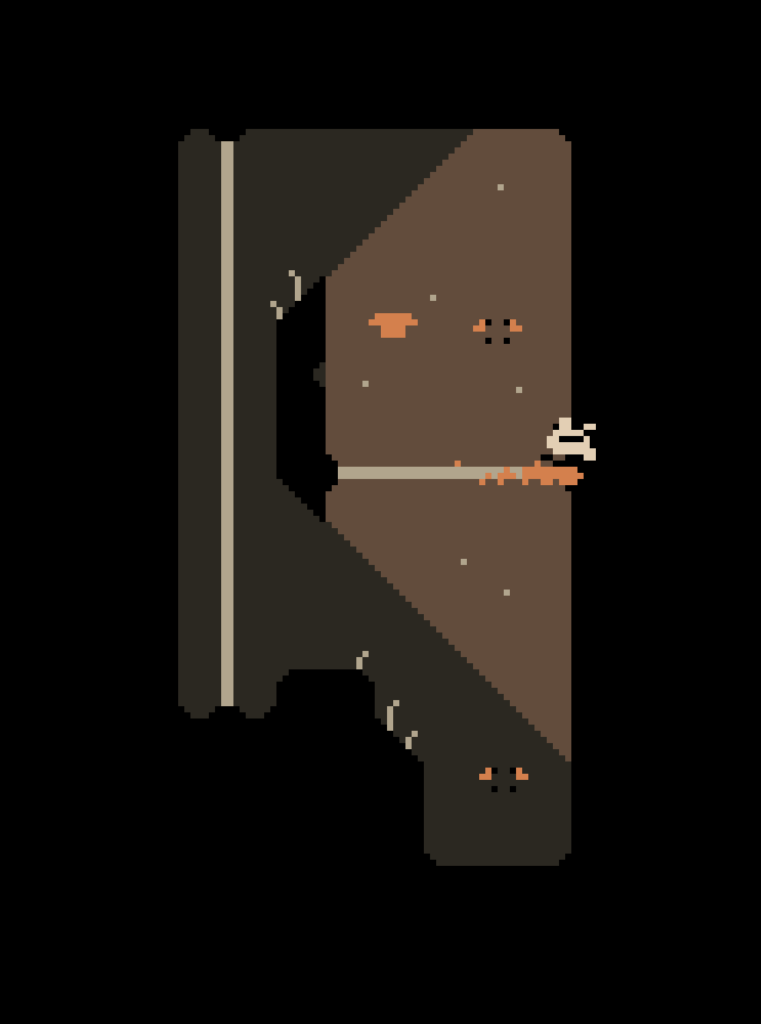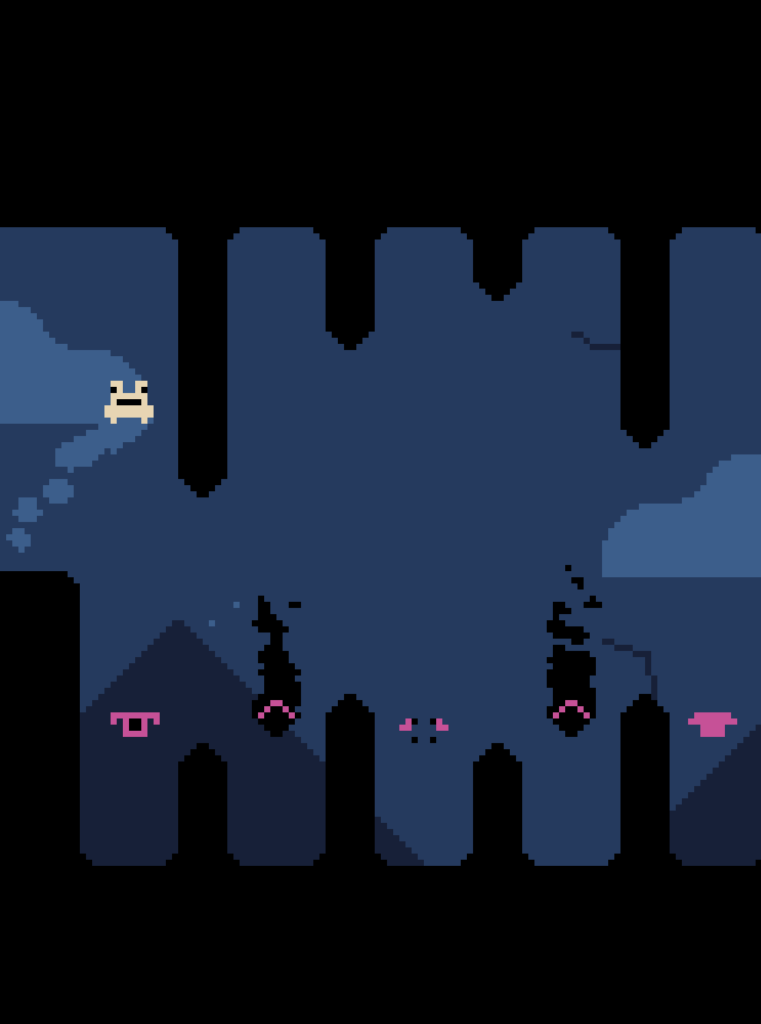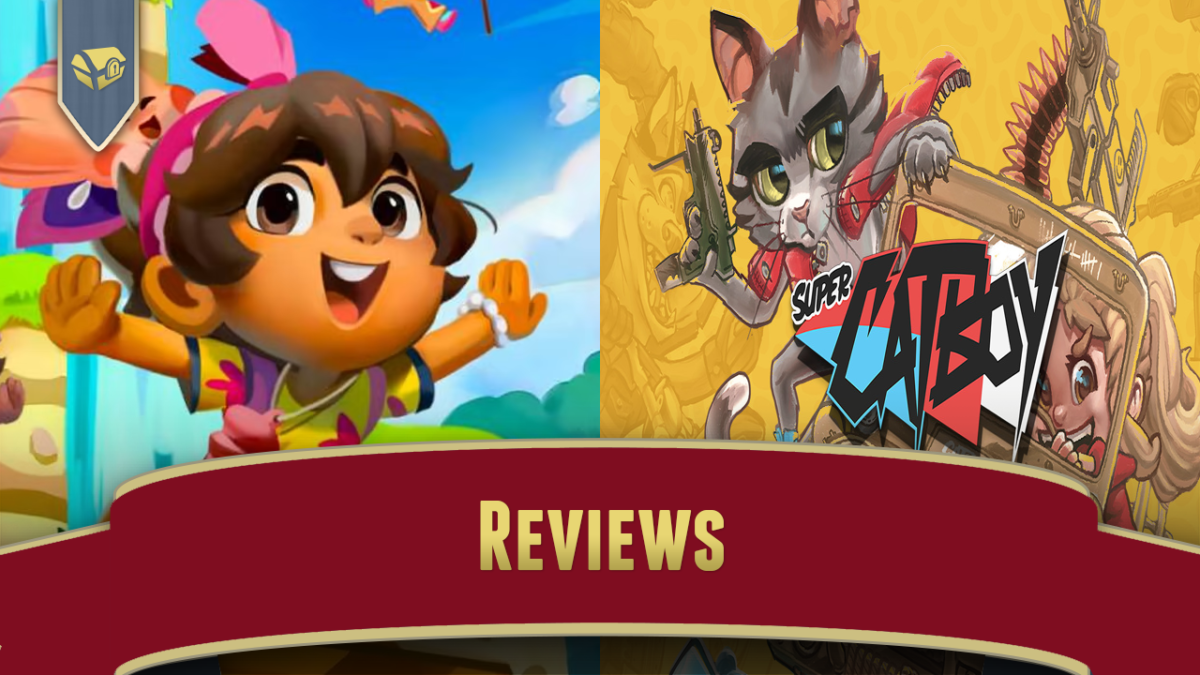Falcom’s Popful Mail is one of those games that takes after classic anime. It’s almost the perfect anime-styled light RPG, with appealing and fun characters on a quest that doesn’t take itself too seriously. It got a good number of ports, and they all have something a bit different about them. In the US we only got the Sega CD version, ported by the prolific-but-controversial Working Designs, but in Japan there was a PC-88 original, and ports to the PC-98, PC Engine CD and Super Famicom. Hardcore Gaming wrote them up here.
I could go on about its very light RPG elements (there’s no experience system at all), its comedic story, its characters and music, and I will someday. But until then, please be content with what the Basement Brothers had to say about the original PC-88 version of Popful Mail, which is the version for the weakest machine, but still fun. (39 minutes)
Falcom had developed a reputation for making hardcore, unique and system-heavy RPGs like Dragon Slayer and Xanadu, so Popful Mail was a departure. It was designed to be an early multimedia game, with animations and even voice acting in some versions. This version, however, was distributed on floppy disk, and for a underpowered system, so it couldn’t rely on audio-visual splendor. It still did pretty well for itself, as the Brothers demonstrate.
It’s always saddened me that Popful Mail was a one-off. It’s a property that seems ripe for sequels and animation, but to my knowledge it never happened. Maybe Falcom will ease their stream of Ys sequels someday and look at updating more of the other games in their history, and maybe then they’ll return to Mail and her cartoony comrades. Here’s hoping.



